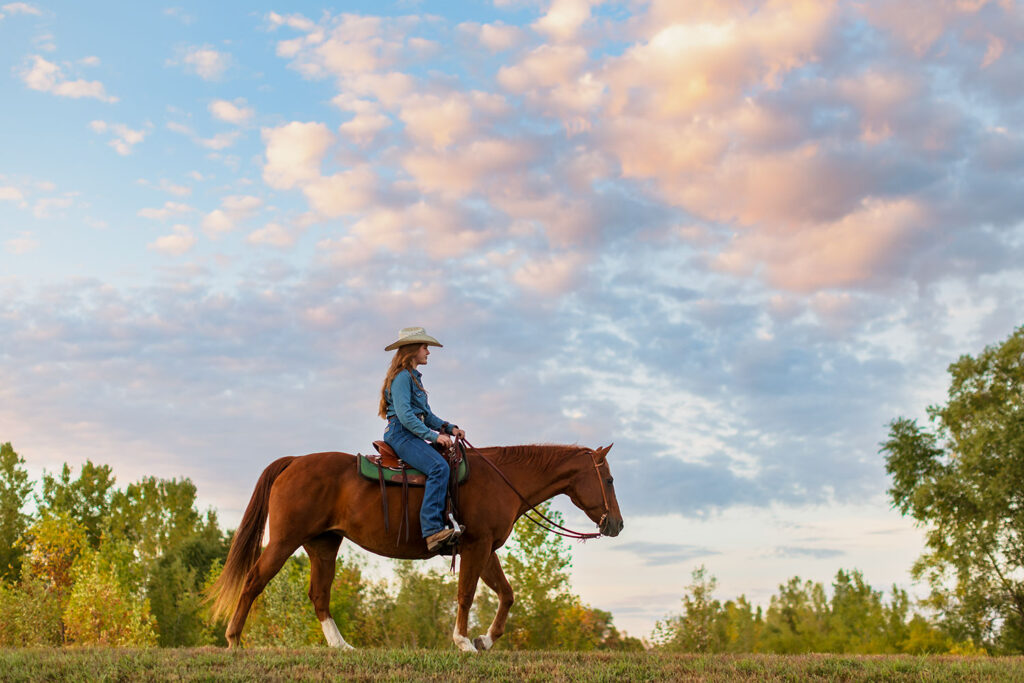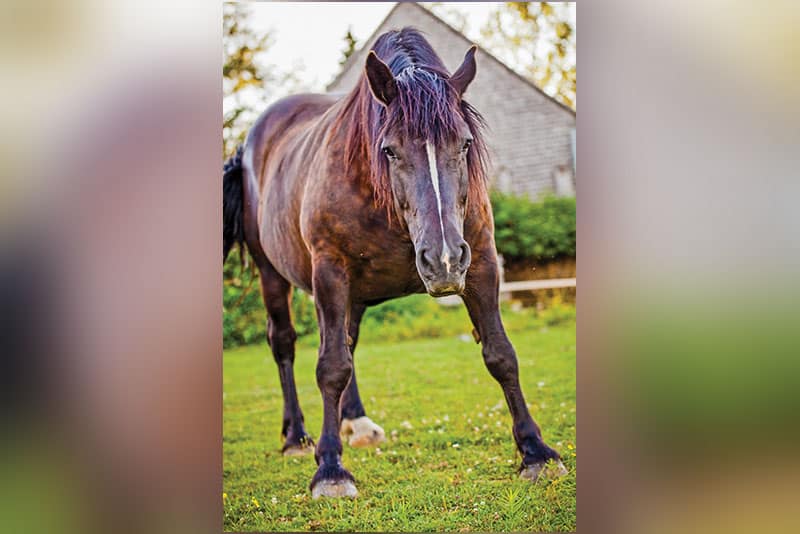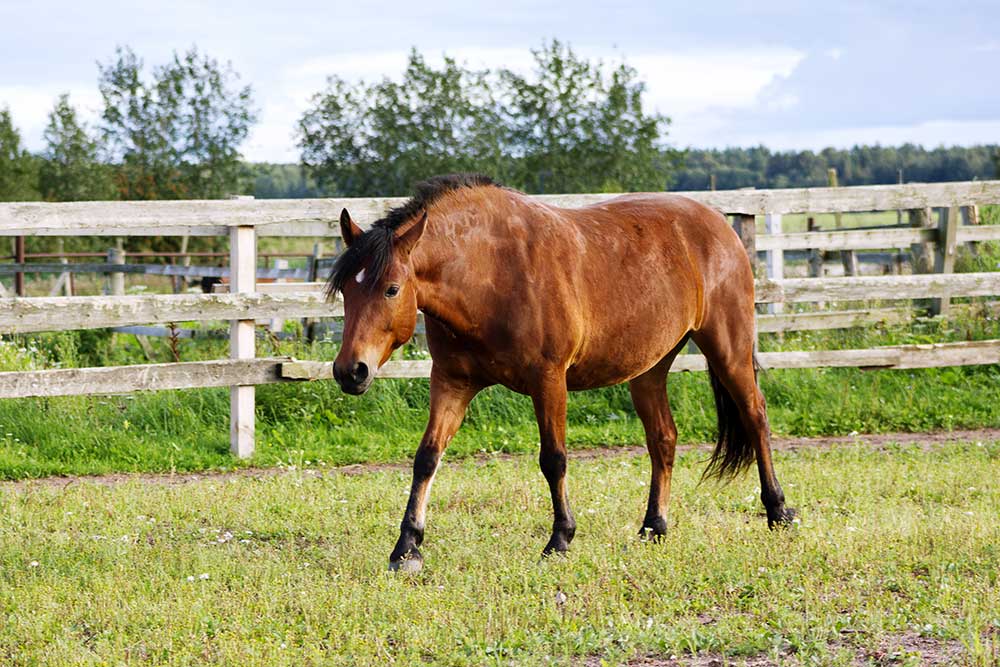
Pasture Grass Sugar Levels: When Are They Lowest?
Grass sugar content fluctuates with the time of day, season, and weather. Timing turnout for horses with EMS, IR, or a history of laminitis can help prevent problems.
Laminitis (commonly called “founder”) affects an estimated 7-14% of the world’s equine population. It’s the inflammation of the tiny, interwoven lamellae that attach a horse’s hoof to the underlying coffin bone (third phalanx, or P3) and support the horse’s entire body weight. Anything that impacts the integrity of the lamellae, such as inflammation, weakens their hold. This causes the coffin bone to displace within the hoof capsule and move toward the ground. The condition is very painful and is often life-threatening to horses.
The same disease has several different causes, which include:

Grass sugar content fluctuates with the time of day, season, and weather. Timing turnout for horses with EMS, IR, or a history of laminitis can help prevent problems.

Learn the latest on equine endocrine disease—causes, diagnosis, dynamic testing, and whole-horse treatment strategies—beyond just laminitis. Sponsored by Kentucky Performance Products.

Experts share best practices for feeding and managing aging metabolic horses in The Horse‘s Older Horse 2025 issue.

The latest research-based recommendations on managing equine metabolic syndrome and insulin dysregulation. Sponsored by Equithrive.

Two equine hoof care professionals share examples of how they diagnosed, treated, and maintained horses suffering from hoof-related lamenesses.

Laminitis in horses involves multiple pain pathways. Here’s how veterinarians can effectively address them using targeted treatment strategies.

Manage at-risk horses’ diet and exercise to help avoid this painful condition.

A podiatrist gives his tips for keeping a horse with chronic laminitis and equine metabolic syndrome comfortable.

Horses with certain health conditions should skip sweet treats. Find out if your horse is one.

Find out how to recognize when a horse is at risk of developing EMS-related laminitis and what you can do to either prevent or manage it so he stays sound.

Understand why adhering to your veterinarian’s carefully designed laminitis-care plan is critical to your horse’s welfare and well-being.

Read about the do’s and don’ts of feeding horses that have 4 common health conditions, including gastric ulcers, metabolic disorders, and more.

Two hoof care experts answer questions about common hoof issues including subsolar abscesses, bruises, thrush, and more. Read more in The Horse‘s Winter 2024 issue!

Scientists believe a new drug, methylated tirilazad, could be an option for treating laminitis in horses, noting additional research is needed.

Learn how to add calories safely to a metabolic horse’s diet without putting him at a greater risk of developing laminitis.

Test your knowledge about the tricky world of PPID, EMS, ID, and more.
Stay on top of the most recent Horse Health news with
"*" indicates required fields